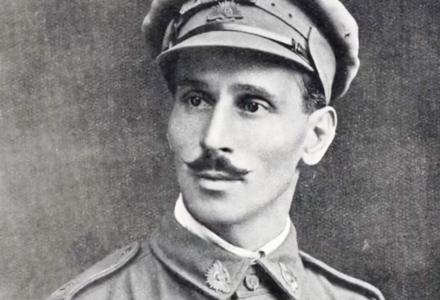William Brown enlisted when he was forty-three. Sent into the line, he suffered what they called ‘shell concussion’. Brown was trapped in the trenches for days on end, forced to drink water contaminated with the bodies of men. Brown was discharged as medically unfit in 1918. By then there was not much ‘organically wrong’. It was the wounds you couldn't see that were the problem.
In 1920, William’s wife Beatrice petitioned for divorce. Her husband had deserted her and his mind was ‘so disturbed’ that she could no longer live with him anyway. William Brown, however, married again—Miss Frances Suttor, a young woman from Bathurst, more than twenty years his junior.
William and his new bride settled in the far west of New South Wales, in dry scrubby country bordering the desert. He’d taken up the Crown lease of about 4,000 acres, and despite his ‘trouble with nerves’ believed they could make a go of it farming sheep. But there was no water on the block. Every day, Frances carted buckets of water two miles from the nearest dam, just to meet the basic needs of her household. When William went to see the doctors in town, she was left ‘alone in the wilderness’.
Without reliable water, the holding was bound to fail; and her husband's health was failing also. Frances described to the Repatriation authorities how her husband suffered ‘sleeplessness and nervousness and horror.’ In March 1925, William Brown went missing. Police found his body on a park bench in the Bennelong Point Reserve in Sydney. He had swallowed a bottle of poison and taken his own life.



